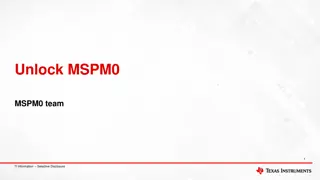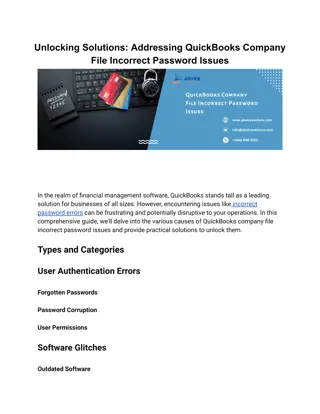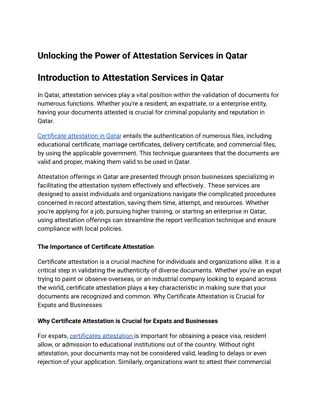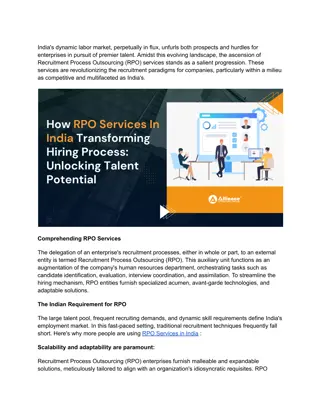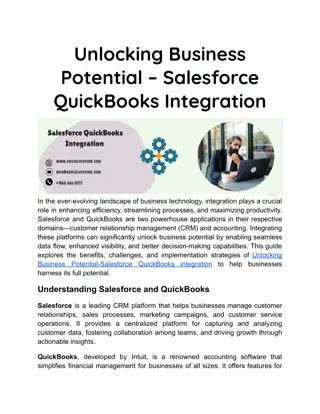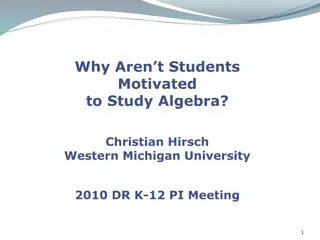Motivating Children: The Ultimate Guide to Unlocking Potential
Understanding the key factors influencing a child's motivation is essential for their success. Lack of motivation can stem from various issues such as unmet needs, fear of failure, learning disorders, and environmental factors. By using phrases that enhance independence and avoiding those that foster helplessness, we can empower children to thrive. Recognizing unique patterns of motivation in students and fostering an environment of love and success are crucial for their educational journey. This comprehensive guide delves into practical strategies to turn around unmotivated children and ignite their passion for learning.
Download Presentation

Please find below an Image/Link to download the presentation.
The content on the website is provided AS IS for your information and personal use only. It may not be sold, licensed, or shared on other websites without obtaining consent from the author.If you encounter any issues during the download, it is possible that the publisher has removed the file from their server.
You are allowed to download the files provided on this website for personal or commercial use, subject to the condition that they are used lawfully. All files are the property of their respective owners.
The content on the website is provided AS IS for your information and personal use only. It may not be sold, licensed, or shared on other websites without obtaining consent from the author.
E N D
Presentation Transcript
The Motivational Breakthrough 6 Secrets to Turning On the Tuned-Out Child Presented by Pam Elmore
It Takes a Village to Motivate a Child Lack of Motivation: Unmet Basic Needs (food, shelter, safety, love, etc.) Fear of Failure Lack of Understanding Learning Disorders Frustrations Environmental Issues *Attempting to teach a child who is unmotivated is as futile as hammering on cold steel
Without motivation, there is no learning. Kids do not come with batteries included. You have got to provide the batteries if you want them to function. Our nation s future depends greatly on our ability to motivate our children today.
I was successful because you believed me. Ulysses S. Grant to Abraham Lincoln Motivation: o All human behavior is motivated. o Students have unique, individual patterns of motivation. o The only effective long-term motivators are love and success.
Phrases that increase feelings of learned helplessness: o Let me do that for you. o I ll handle it. o I ll talk to your teacher to get her to change her mind. o I ll send the teacher a note. o That s too difficult for you. o You are too young to understand. o You are just a child.
The ADD Child o ADDhas a substantial impact on a child s academic performance and his degree of motivation. o Lacks focus and control o Needs and seeks stimulation to the same degree that we require oxygen o Motivations are influenced by: Degree of interest in the activity Difficulty of the activity Duration of activity
Phrases that enhance independence: o I ll get the job started and you can finish it. o Take a chance. See if you can do it. o I know you can o Sounds like you have a problem. What solutions have you thought about? o Let me teach you how to do it by yourself. o You are smart enough to figure it out. o Show me what you have done first. o What do you think you should do?
MOTIVATION MOTIVATION Driving force that initiates and directs behavior The reason for an action Your WHY
The Six Ps of Motivation for the Classroom 1. The Child Motivated by Praise 2. The Child Motivated by Power 3. The Child Motivated by Projects 4. The Child Motivated by Prestige 5. The Child Motivated by Prizes 6. The People-Oriented Child
The Child Motivated by Praise Motivates the status-drive, recognition-driven, or the affiliation-driven child Praise (conditional)-vs.-Encouragement (unconditional) Express Interest, Gratitude, and Enthusiasm Praise the act not the child Post-it notes Praise and Private Praise Be Sincere and Specific; avoid phony praise Focus on effort, progress, and improvement Use appropriate Body Language
The Child Motivated by Power Motivates the power-driven, autonomous, or aggressive child Most Feared and Misunderstood Often seen as The Bully Choose Your Battles Offer Minor Choices Give Responsibility & Be willing to Negotiate Allow yourself to Lose (once in a while) Enforce Rules but Prevent Power-Struggles Needs Adults to show Competence & Confidence Future Leaders (good or bad)
The Child Motivated by Projects Motivate the autonomous or inquisitive child Higher Order, Independent & Critical Thinking Task Focused, Responsible, and Problem Solvers Challenging and Structured approach to learning Excels in the work-force Child-centered And Active Process Strength for the OCD child Difficult for the ADD child unless broken into Smaller Parts
The Child Motivated by Prestige Motivates the autonomous, status-driven, aggressive, or power-driven child The need for prestige, awards, and recognition is fundamental for motivation (can be hard to motivate) Seems self-involved, arrogant, and superior Hard on self May have fragile and poor self-esteem / self-image May be easily embarrassed / sensitive Perfectionist / needs to be the best /leader Needs Responsibility in the classroom
The Child Motivated by Prizes Motivate the status-driven, recognition-driven, or affiliation-driven child Excels with a reward and incentive system Effective for younger and Special Education child Can feel punished if not rewarded Win / Lose instead of Win-Win: Competition Low self-motivation New laws on Prizes Effective Parenting Technique
The People-Oriented Child Motivates the gregarious or affiliation child Relationship Seekers (needs to know you care) Seeks out attention from teachers and others Ethical issues (follow laws and policy) Discuss healthy relationship skills Adult must Remain Professional (there is no equality in an adult-child relationship) Teacher s Pet Encourage positive relationships in the classroom Acknowledge students during class, hallway, etc.
You are the Great Motivator in your classroom!!!
Implementing the 6 Ps in the Classroom Teach Enthusiastically Focus on Strengths Recognize Success and Effort Encourage & Promote Creativity Promote Cooperation- not Competition Establish Goals Give Choices & Consequences Show Genuine Care & Concern Create a Safe Environment Setup Students for Some Success
HUMAN MOTIVATION Human motivation is a complex and intricate process that has been studied and analyzed for decades. As teachers we must have a pragmatic understanding of the factors that enhance or decrease the motivation of the children with whom we interact each day.
TEN CONCEPTS 1. All human behavior is motivated 2. Tangible rewards may create temporary behavioral changes, but rewards are unlikely to increase the child s motivation 3. Learning and attentional problems have a marked impact on student motivation 4. Competition is an ineffective motivational approach for most children, most of the time 5. Motivation is greatly impacted by primary physical needs
6. Students have unique, individual patterns of motivation 7. Coaching techniques are often effective in motivating the child who struggles academically 8. Punishment, like reward, will result in temporary behavioral changes, but will do little to foster motivation 9. The only effective, long-term motivator of human behavior is success 10. In order for a person to be motivated to invest himself in an activity, three factors must be present: A. He must feel that the goal is attractive B. He must feel that the amount of effort required to meet the goal is realistic C. He must feel that it is likely that he can accomplish the goal
Motivating the Unmotivated If you want to build a ship, don t recruit the men to gather the wood, to divide the work, to give orders. Instead, teach them to yearn for the vast and endless sea -De Saint-Exupery




